In the sprawling world of aesthetic treatments, you may find yourself asking what is a photofacial?
Photofacial treatments are paving the way for facial rejuvenation and skin care.

Offering a solution to a variety of skin concerns, from acne scars to brown spots, they help in revitalizing the skin’s surface for a youthful and radiant glow.
Here is the scoop on the answer to your question what is a photofacial?
Understanding Photofacial Treatments
Photofacial treatments, also known as IPL treatments or intense pulsed light therapy, use light pulses from a handheld device to target and treat various skin conditions.
This treatment penetrates the layers of your skin without any direct exposure to laser light treatment, ensuring an efficient yet gentle approach to skin healing.
What does a Photofacial Treat?

Photofacial treatments are the best option for a range of skin problems like sun damage, skin discoloration, large pores, and even signs of aging.
They are particularly effective in treating vascular lesions and pigmentation issues like age spots, sun spots, and dark spots.
Spider veins, red spots, and acne scars can also be dramatically reduced with these treatments.
How Does a Photofacial work?
A photofacial works by emitting intense pulses of light that penetrate deep into the skin, promoting collagen production and treating blood vessels below the skin’s surface.
This light energy is converted to heat energy which targets and destroys damaged melanin (for brown spots) and shrinks blood vessels (for spider veins).
The increase in collagen production smoothens the skin texture and reduces the appearance of fine lines.
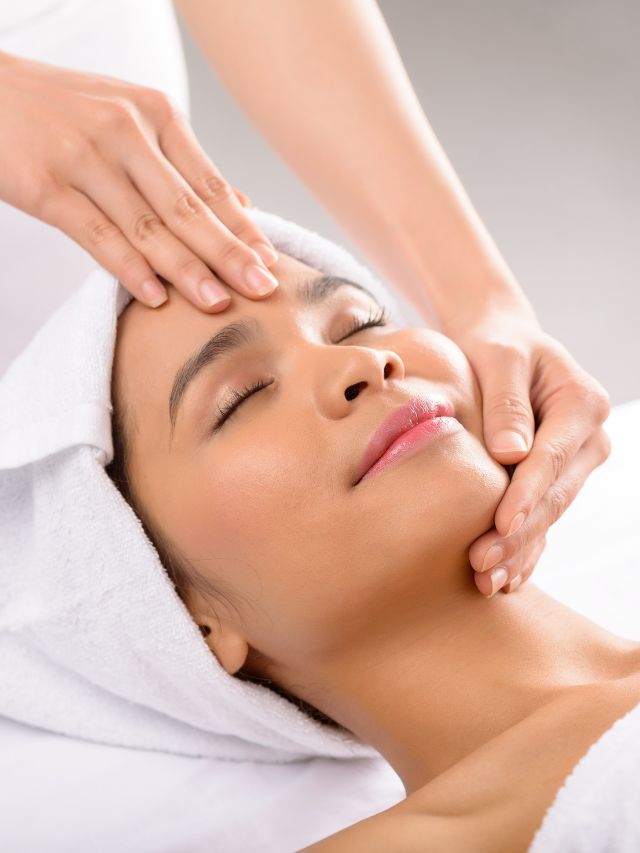
What to Expect During and After Your IPL Photofacial Treatment
Before the treatment, a cool gel is applied to the treatment area and you’ll be given dark glasses to protect your eyes from the bright flashes of light.
The handheld IPL device is then used to deliver light pulses to the skin. You may feel a sensation similar to a rubber band snap during the treatment, but overall discomfort is minimal.
Post-treatment, you may experience mild side effects like redness or feeling of a mild sunburn but these are temporary.
The treated area will gradually darken over several days and then flake off, leaving behind clearer, fresher-looking skin.
The best photofacial results are often seen after a series of treatments, typically 3-5 treatments, spaced a month apart for the best results.
Is Photofacial the Best Option for You?
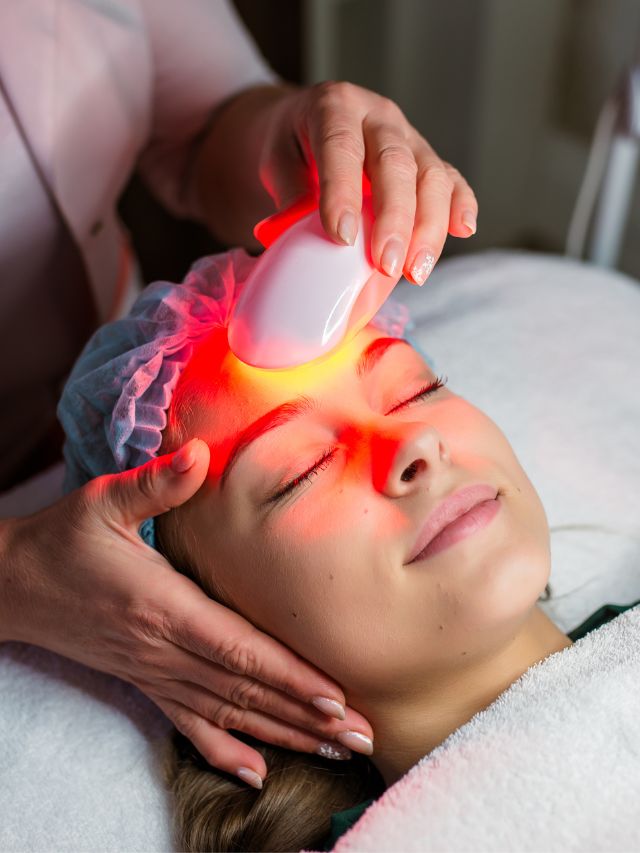
Determining the best candidates for IPL skin treatments involves assessing your skin type, aesthetic goals, and specific skin concerns.
While it is an effective treatment for a variety of conditions, it may not be suitable for darker skin tones or severe acne. It’s best to seek a free consultation at a medical spa for personalized advice.
Photofacials vs Other Skin Treatments
While chemical peels and laser treatments also target skin discoloration and signs of aging, photofacials provide significant results with minimal downtime.
Most patients can return to their normal activities immediately post-treatment.
The Vital Role of Photofacials on the Surface of Your Skin
Photofacialswonders
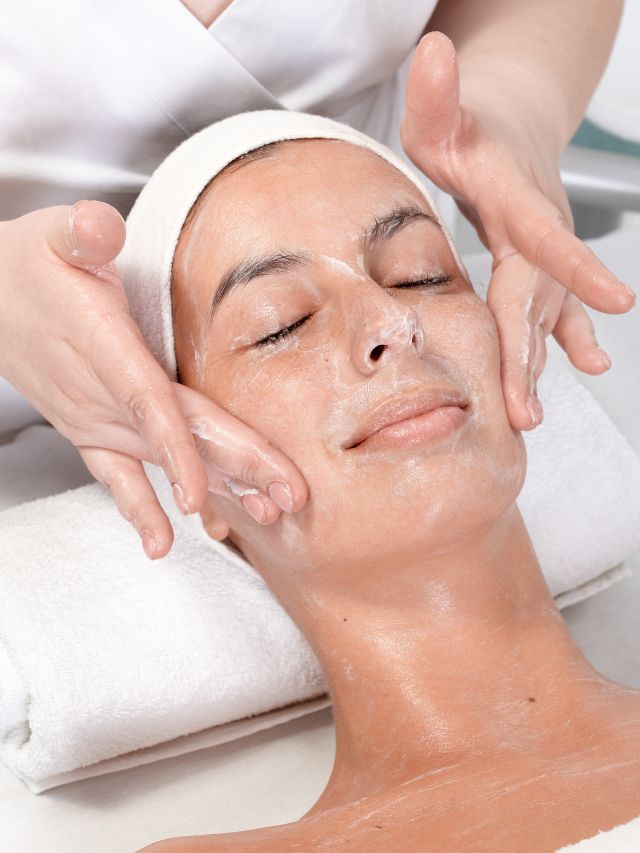
There are many ways this innovative treatment rejuvenates the surface of your skin.
Enhanced Skin Texture
Photofacialsthe texture
By stimulating collagen production and promoting the growth of new skin cells, photofacials can help to smooth out rough patches and create a softer, more even skin surface.
Reduced Pigmentation
Photofacials are also effective in treating hyperpigmentation. The IPL device targets areas of increased pigmentation, breaking it down so that it can be naturally eliminated by the body.
This leads to a decrease in the appearance of dark spots and other pigmentation irregularities on the surface of your skin.
Improved Radiance
Photofacials can give your skin a more radiant glow. By promoting cell renewal and boosting collagen production, photofacials help to create a fresh, vibrant layer of skin.
This results in a more youthful and healthy appearance on the skin’s surface.
The Benefit of Lumecca IPL Photofacials

Lumecca IPL photofacials are a type of IPL therapy that uses a more powerful light-emitting diode (LED) to achieve optimal results.
This treatment can dramatically improve the appearance of red blood cells and blood flow, reducing the red pigment and leading to an even skin tone.
The Importance of Maintenance Treatments and Sun Protection
Following the initial series of treatments, maintenance treatments may be suggested to maintain the youthful glow and collagen production.
It’s also crucial to protect your skin from sun exposure and use sun protection to prevent further sun damage and maintain your photofacial results.
Deciphering the Ideal Candidate for a Photo Facial Treatment
A good candidate for a photo facial is someone with light to medium skin tones who is looking to improve the texture and tone of their skin, reduce signs of aging, or treat specific skin issues.
However, the treatment may not suit individuals with darker skin tones or those with severe acne, as it can potentially lead to skin discoloration.
A consultation with a professional aesthetician will help determine your suitability for a photo facial.
Unleashing the Power of Collagen Production
One of the key benefits of a photo facial is the production of collagen.
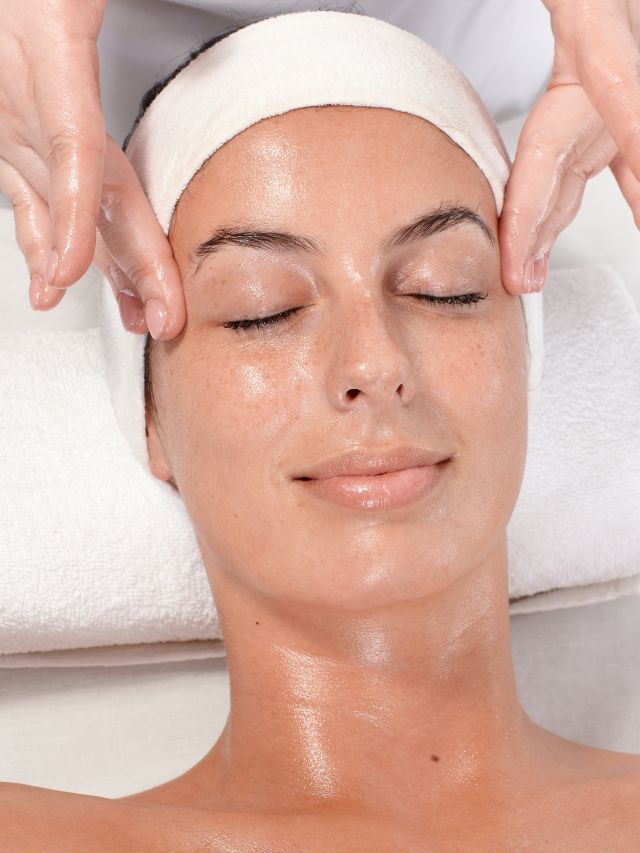
It stimulates the skin cells to produce new collagen, which helps to plump up the skin and reduce the appearance of fine lines and wrinkles.
This results in a smoother, youthful skin surface.
The Role of IPL Devices in Photofacials
Photofacials use IPL devices to emit pulses of light onto the skin. These devices are designed to target the lower layers of the skin without affecting the surface.
This ensures that the skin cells and hair follicles beneath are treated without any damage to the surface of the skin.
Photofacial and Laser Hair Removal: A Harmonious Relationship
While photofacials primarily focus on skin rejuvenation, they also have an impact on hair follicles.
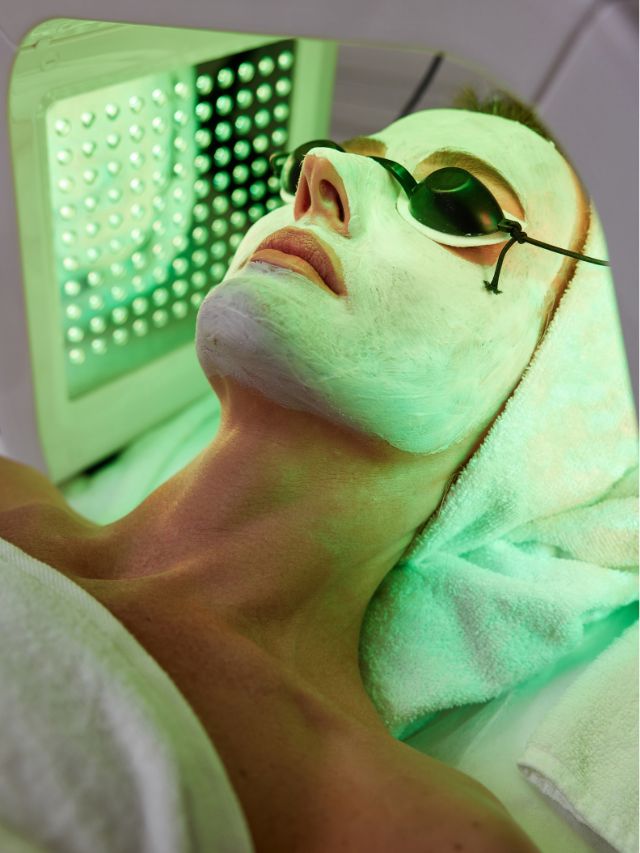
The light emitted during the treatment can reduce the growth of unwanted hair, making it a complementary treatment to laser hair removal.
The Impact of a Single Treatment on Your Skin
Even a single treatmentthe skin’s appearance
The light energy from the IPL device stimulates the production of new skin cells, promoting a healthier surface of the skin.
However, for optimal results, a series of treatments is usually recommended.
Photofacials as an Acne Treatment
Photofacials can also be effective in treating mild to moderate acne. The intense light targets and destroys acne-causing bacteria, reducing inflammation and preventing future breakouts.
Stretch Marks and Photofacials

While photofacials are not a primary treatment for stretch marks, the collagen and elastin production triggered by the treatment can contribute to the reduction of their appearance.
Laser Skin Rejuvenation and Photofacials: The Power Duo
Photofacials can be combined with laser skin rejuvenation for enhanced results. While photofacials target the deeper layers of the skin, laser skin rejuvenation focuses on the surface.
This combination can provide a comprehensive solution for various skin concerns.
Final Thoughts
From sun damage to age spots, photofacial treatments can help address a variety of skin concerns with little to no real recovery time.
Treatments typically last 30-60 minutes, making them a convenient option for those with busy schedules.
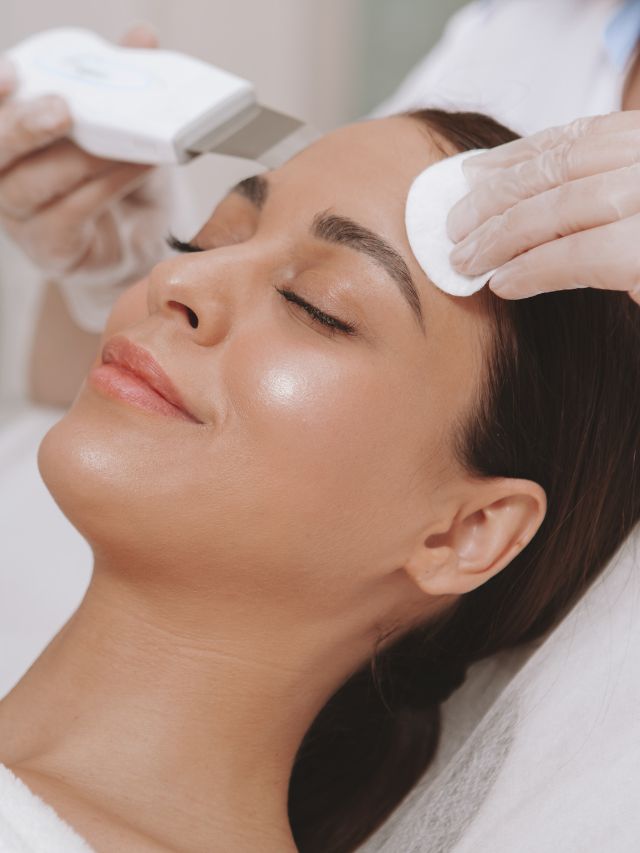
With photofacial light treatments, a rejuvenated, glowing complexion is easily achievable.
Whether you’re looking to enhance your skin’s overall appearance or target specific skin issues, photofacials can offer a safe and effective solution.
Remember, it’s always best to consult with a professional to determine if you are a good candidate for this treatment.
The best way to determine if this treatment is right for you is to consult with a professional who can assess your skin and discuss your aesthetic goals.

For more great scoop, check out these articles:
- How Much Does Facial Threading Cost? Thread Lift PDO
- When Does Botox Peak And How Long It Takes To Work
- Botox Lip Flip: How Many Units Do I Need For Lips?






































